Canada is a beautiful country, with plenty of things to see and do. It’s also one of the most popular tourist destinations in the world. Whether you’re looking for some time away from the hustle and bustle or want to take your family on vacation, Canada has something for everyone. We’ve compiled our list of the best places to visit in Canada as a tourist.
1. Banff National Park
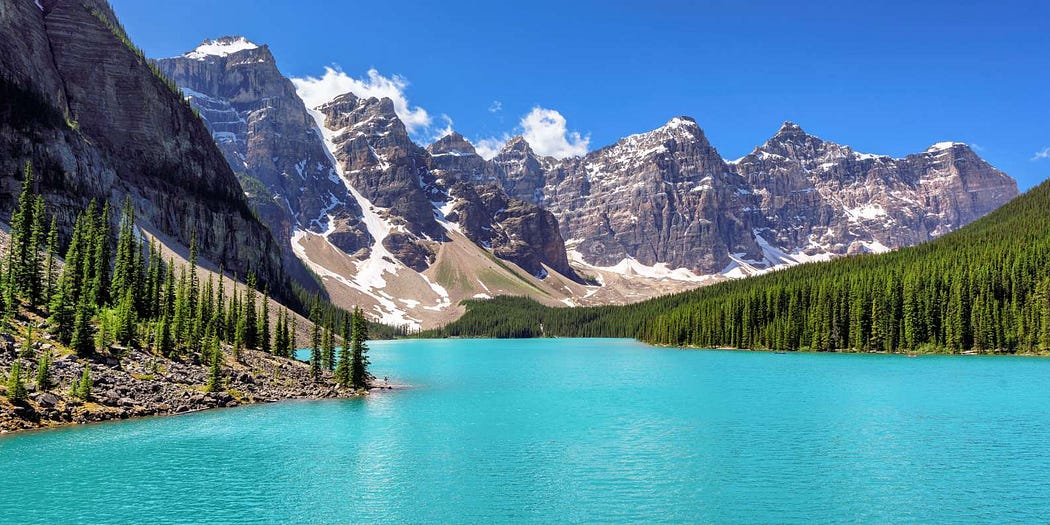
If you’re looking for a place to visit in Canada, then Banff National Park is the place for you. This national park is located in Alberta, Canada, and is home to some of the most beautiful scenery in all of North America. The park has mountains, glaciers, lakes, and waterfalls which are definitely worth seeing during your stay at this amazing site.
The best time to visit Banff National Park would be in June-September where you can enjoy doing lots of outdoor activities such as hiking, horseback riding, and fishing. If this sounds like something that interests you then make sure you book your vacation soon before all the spots are taken!
2. Niagara Falls
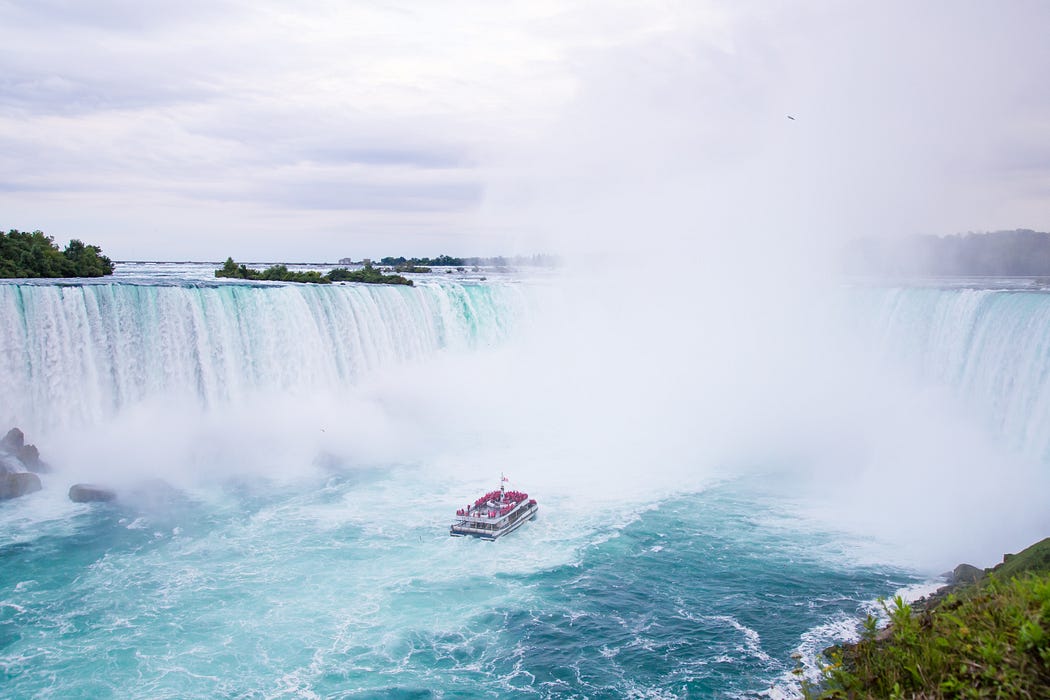
Niagara Falls is a waterfall on the Niagara River, straddling the international border between the Canadian province of Ontario and the U.S. state of New York. The falls are 17 miles (27 km) north-northwest of Buffalo, New York, and 75 miles (120 km) south-southeast of Toronto.
Niagara Falls is composed of three separate waterfalls called the Bridal Veil Falls, American Falls, and Horseshoe Falls. The Horseshoe Falls lies mostly on the Canadian side while the other two falls are entirely on the U.S. side with a small portion over the border in both countries.
The Niagara River drains Lake Erie into Lake Ontario with an average flow rate of 21,500 cubic feet per second (620 m3/s). It then flows down Niagara Gorge about 2 miles (3 km) before tumbling over Horseshoe Falls and continuing down to Lake Ontario at Queenston, Ontario where it enters the lower Great Lakes system at Fort Erie, Ontario before entering Lake Erie again at Port Colborne, Ontario.
3. CN Tower, Toronto
CN Tower is a 553.33 m-high concrete communications and observation tower in Downtown Toronto, Ontario, Canada. At the time of its completion in 1976, it was the world’s tallest free-standing structure and remains today one of the tallest man-made structures in Canada.
The tower stands at a height of 1,815 feet (553 m), including its lightning rod; it weighs over 100,000 tonnes; the main pod itself is an area of 72 meters by 80 meters (236 ft by 262 ft) at ground level and contains nine levels accessible to visitors.
The tower stands at the eastern end of Front Street West near Victoria Street South and Toronto’s Harbourfront neighborhood. Its name “CN” originally referred to Canadian National, the railway company that built the tower.
Following the railway’s decision to divest non-core freight railway assets, prior to the company being renamed CN Rail through federal government action, it transferred ownership of the tower to CN in March 1995.
Since June 23, 2018, The CN Tower has been undergoing a major renovation project called Provence (Project for Toronto’s Outer East). The renovations include the addition of a new glass floor and stairs on the observation deck at 346 m (1143 ft), replacing all existing glass panels with new ones, replacing all elevators with new ones that travel faster and higher than before (the fastest elevator goes from bottom to top in 39 seconds), adding a new restaurant/bar called Yorkville 360° revolving restaurant/bar on floors 34–35
4. Peyto Lake, Banff National Park
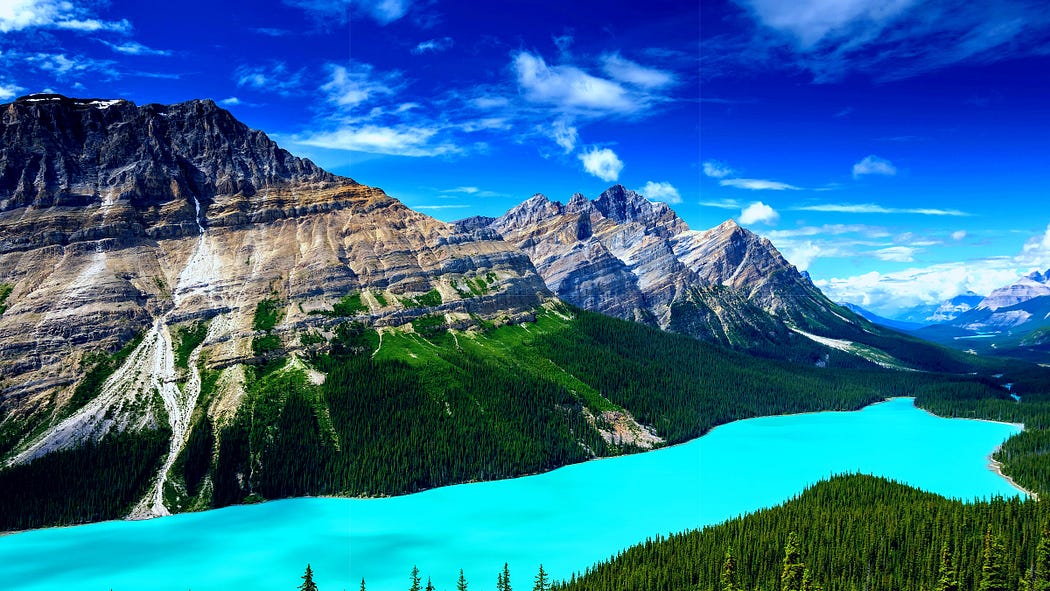
Peyto Lake is a glacier-fed lake in Banff National Park. Its turquoise color has made it one of the most photographed lakes in the world. The surface area of Peyto Lake is about 3.5 square kilometers, and its maximum depth is 54 meters (177 feet).
Peyto Lake’s water flows from two sources: glacial meltwater and hot springs that extract thermal energy from beneath the park. These two elements combine to create an incredibly vibrant emerald tint to its waters, which makes it such a popular tourist attraction for visitors to Canada!
5. Butchart Gardens, British Columbia
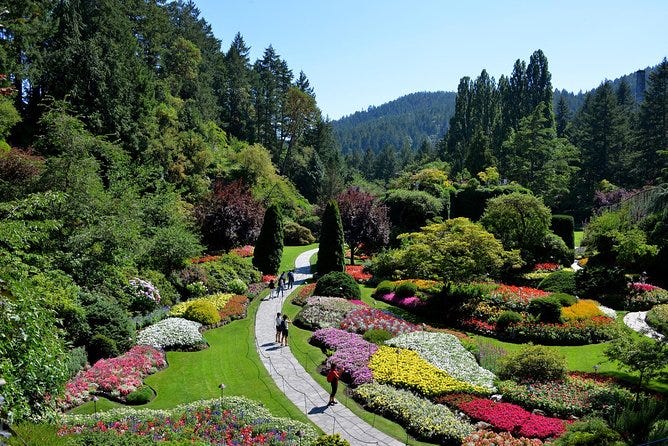
Butchart Gardens is a public garden and tourist attraction in the city of Victoria, British Columbia, Canada. The gardens are located on the southern tip of Vancouver Island in the city’s Inner Harbor area.
The first European owner was John Butchart (1808–1872), who emigrated from Scotland to Canada in 1842 and purchased the land on which it now stands soon after his arrival.
He built a home overlooking Esquimalt Harbor near what is now called “Butchart Gardens” and lived there until his death in 1872.
In 1901, after World War I ended, Sir James Aird offered to sell Butchart Castle and its estate to any organization interested in turning it into a public park; however, no group was willing to assume such an expensive burden until 1936 when local businessman Charles Edwin Webster presented plans for developing this site into an amusement park for children aged 5–7 years old called “Edwaburg” (which stood for Edwin Webster’s Burg).
These plans were not successful due largely due to lack of funding during times of economic depression
6. The Bay of Fundy, New Brunswick
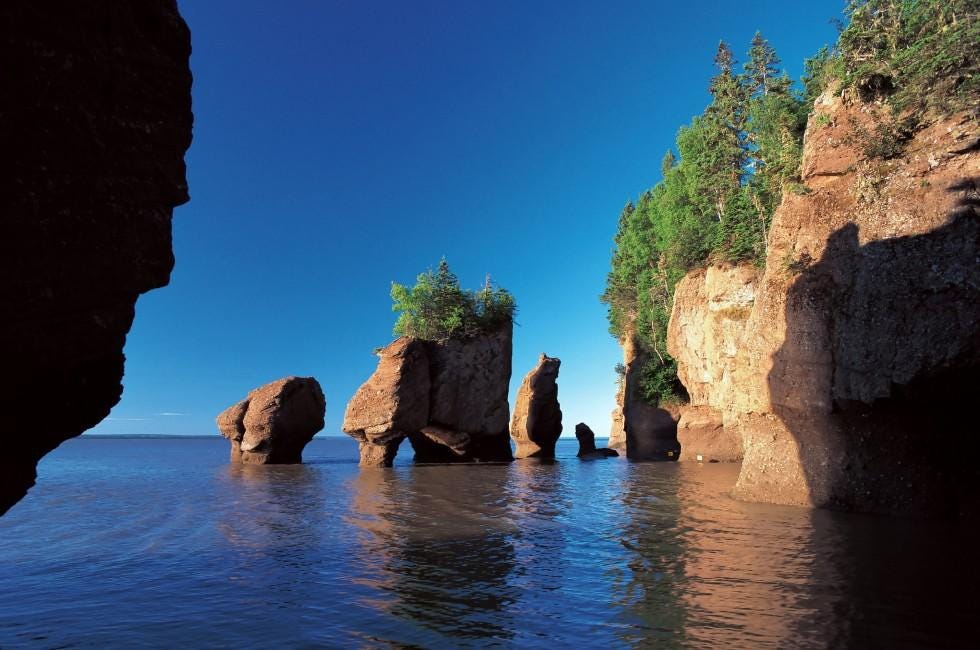
If you’re looking for a unique place to visit, look no further than the Bay of Fundy. This body of water has the highest tides in the world, rising as much as 50 feet above normal sea level. This is why it attracts so many tourists each year — it’s an incredible sight to see!
While you’re there, be sure not to miss Hopewell Rocks Provincial Park or Cape Enrage Lighthouse National Historic Site. The former is home to a collection of rock formations and tidal pools that will leave you in awe; while at the latter, you can learn about its fascinating history and tour one of its buildings.
7. Vancouver Island
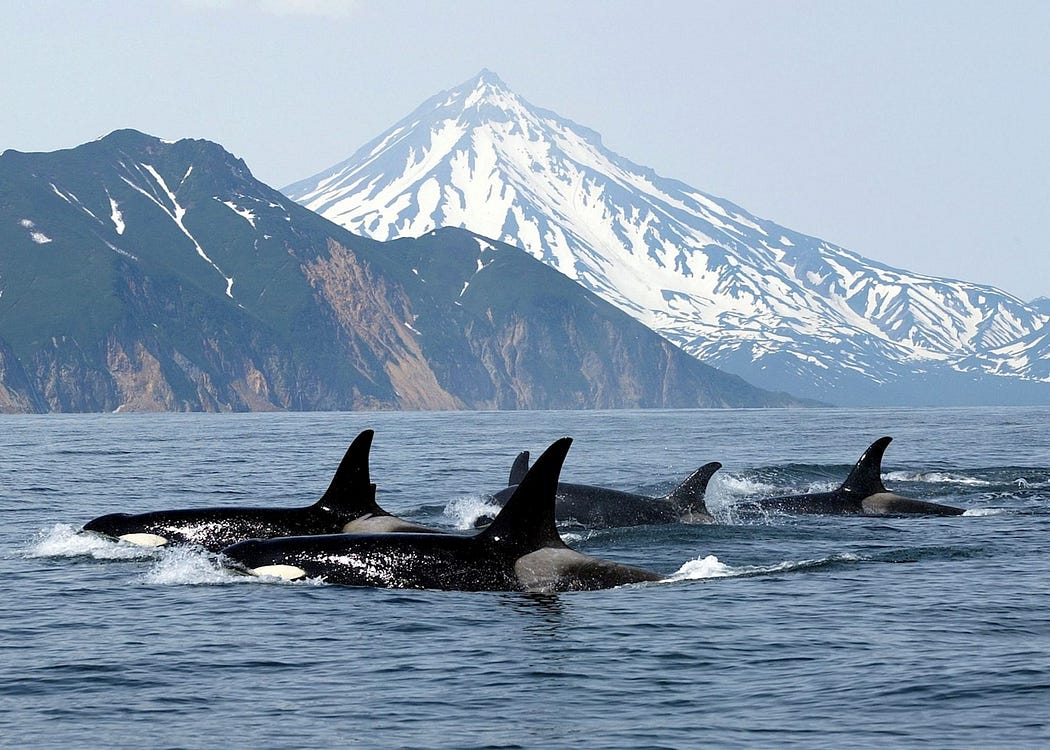
Vancouver Island is the largest island in the Gulf Islands archipelago. It has a temperate climate, with mild winters and cool summers. Vancouver Island is home to a large number of parks and protected areas, including the Pacific Rim National Park Reserve, Mount Arrowsmith Regional Park, and Strathcona Provincial Park.
Vancouver Island was named by Captain George Vancouver in 1792 after his first lieutenant (who had served as master of HMS Discovery), Joseph Baker. The name was approved by King George III.
The island is separated from mainland British Columbia by the Strait of Georgia and Queen Charlotte Sound to the north and west, and Johnstone Strait to the south. It is separated from Washington State by Puget Sound to the west, while Haro Strait connects it to San Juan Island (part of Washington State) and Boundary Pass connects it to Whidbey Island (also part of Washington State). The total land area is 1,250,000 km2 (483,000 sq mi).
8. Churchill, Manitoba
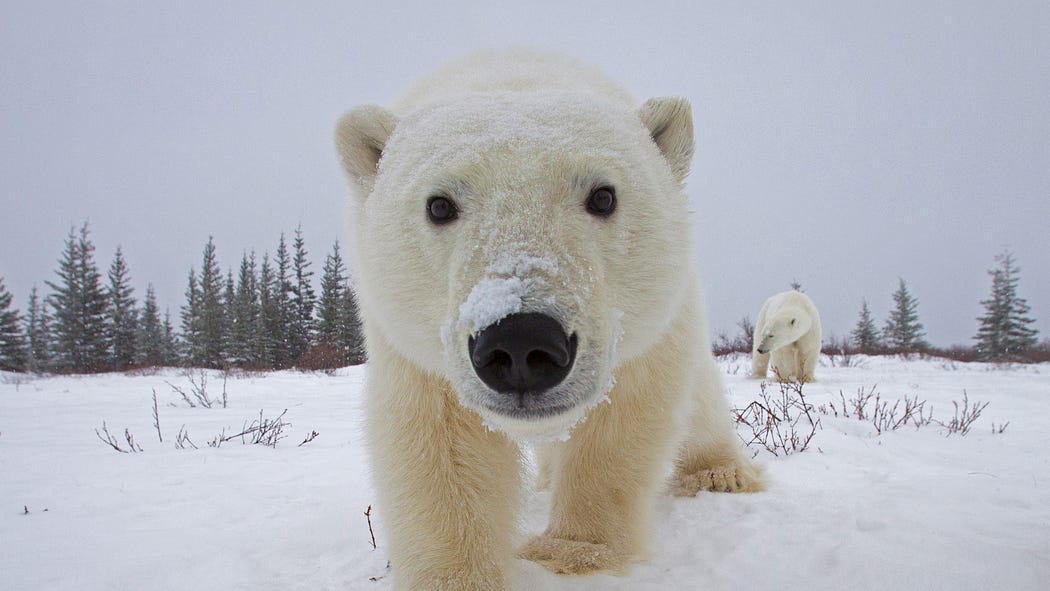
If you are looking for something different than the norm and want to experience a place that feels like it’s in another country, then Churchill is your destination. Located in northern Manitoba, this town is known for its polar bears and beluga whales.
While many people think of Churchill as just a stopover on their way to Churchill Falls, Newfoundland, or Prince Edward Island (PEI), it can also be an amazing vacation destination if you have time to explore its rich history and attractions.
The town is a gateway to the western Hudson Bay where visitors can enjoy scenery such as rolling hills and bogs interspersed with lagoons where thousands of birds migrate each spring from Siberia.
The town itself has many great shops selling local crafts made by artists and artisans who work there year-round or during summer months while they wait for their next project elsewhere outside Canada such as Alaska where they do most of their work during winter months when there aren’t as many tourists around willing or able to pay good prices on artwork created by people living here in Manitoba without much financial support from us, citizens, back home outside Canada who doesn’t know much about these areas unless we’ve actually been there ourselves which isn’t always possible since most companies won’t allow employees time off due
9. Quebec City

Quebec City may be the capital of the Quebec province in eastern Canada, but its French heritage, architecture and language make it appear more like a charming European village. The city is known for its historic old town and its close proximity to nature.
Quebec City is one of the oldest cities in North America and has been occupied by humans since before the arrival of Europeans. The first Europeans to arrive were French explorers led by Jacques Cartier in 1535 and Samuel de Champlain in 1608.
The French built Fort Saint Louis on top of Cap Diamant, which was later renamed Cape Diamond by the British when they took over Quebec City from France in 1759 during the Seven Years’ War (1756–1763).
Today’s Old Town was established in 1608 and includes many buildings from before 1900. Old Town is divided into Upper Town (Haute-Ville), which is on top of Cap Diamant; Lower Town (Basse-Ville), which is below Cap Diamant; and Palais Montcalm, which is located between Upper and Lower Towns.
10. Victoria, British Columbia
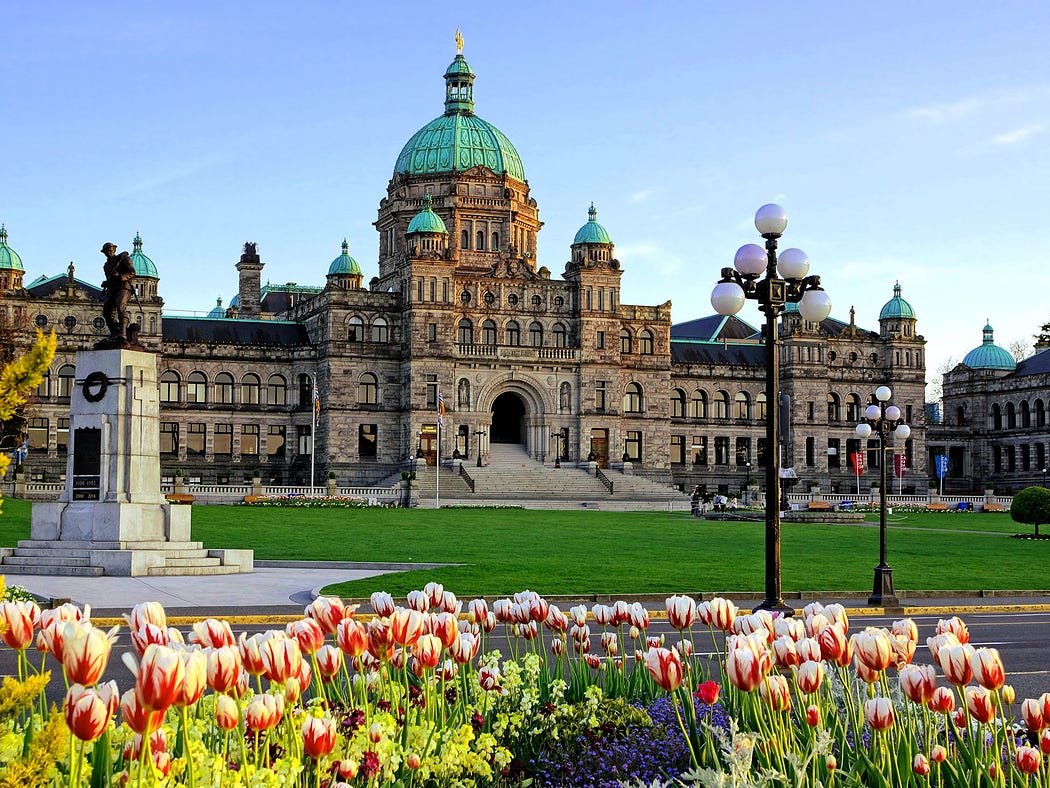
Victoria, a city located in British Columbia, is the capital city of British Columbia and is known for its beautiful gardens and architecture. It’s also a popular tourist destination because of its mild climate and proximity to the ocean. The city has over 1,000 annual festivals and events which include sporting competitions, cultural celebrations, visual arts exhibitions, and concerts.
Victoria’s most famous festival is likely The Royal British Columbia Museum Fair which takes place every February during which time you can see traditional dancing performances by First Nations people as well as live music performances by local musicians throughout town. There are also fireworks displays held on Victoria Day (May 24th) night when locals gather at Beacon Hill Park to view them from their vantage point overlooking downtown Victoria below them.
Canada is one of the most popular tourist destinations in the world.
Canada is one of the most popular tourist destinations in the world. It is a country in the northern part of North America and has the longest coastline in the world. The country also has several islands, lakes, and rivers. Canada’s capital city, Ottawa, is located on its southern tip along with other major cities like Toronto and Montreal. The country has over 250 national parks that include Banff National Park which was founded as early as 1885 by John A Macdonald during his tenure as Prime Minister of Canada (1867–73).
Conclusion
Canada is a beautiful country with lots of attractions and activities to offer. It is one of the most popular tourist destinations in the world, and therefore there are many places to visit if you want to explore it on your own or with family or friends.
Facebook Twitter LinkedIn Pinterest Telegram WhatsApp